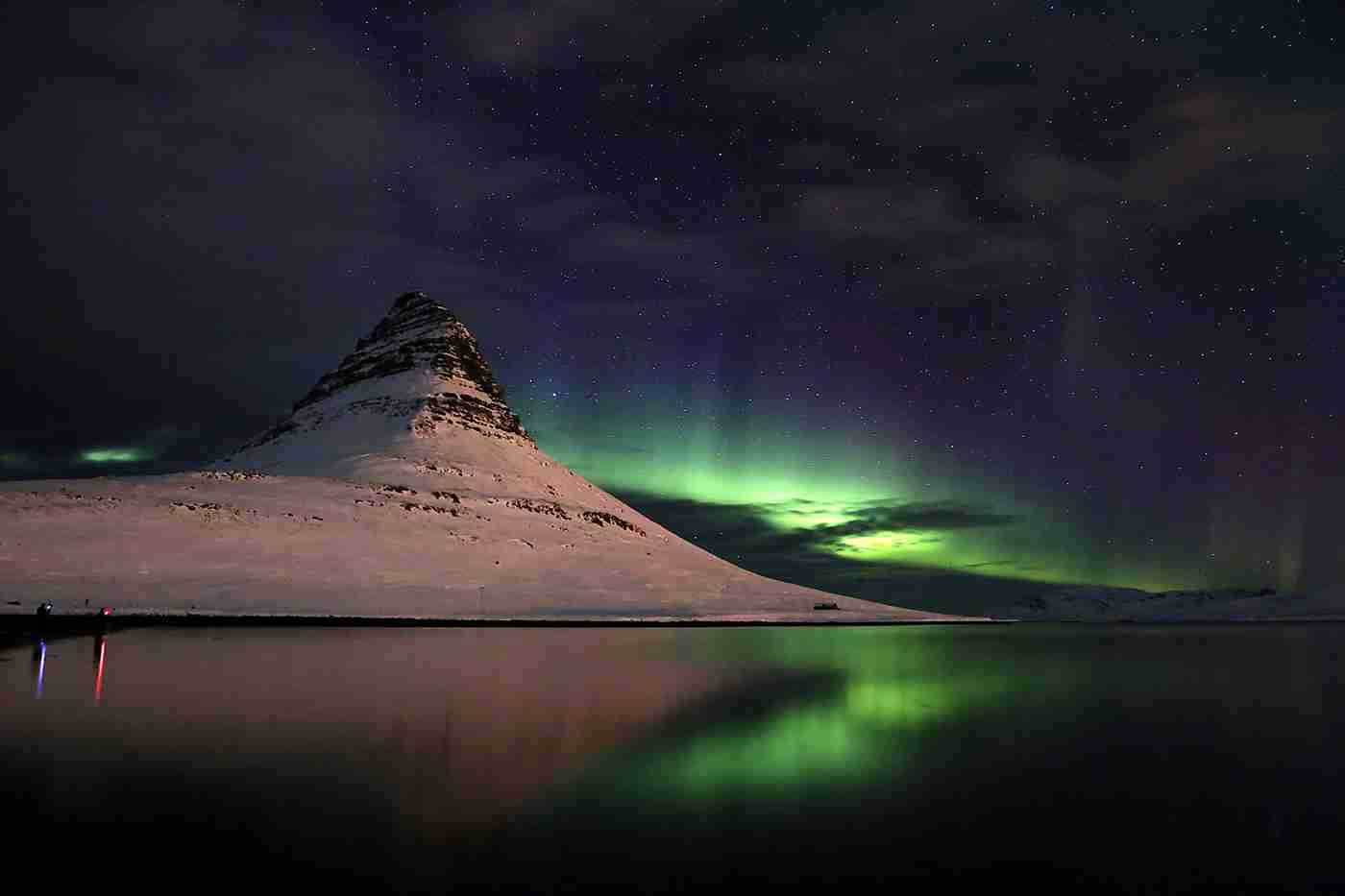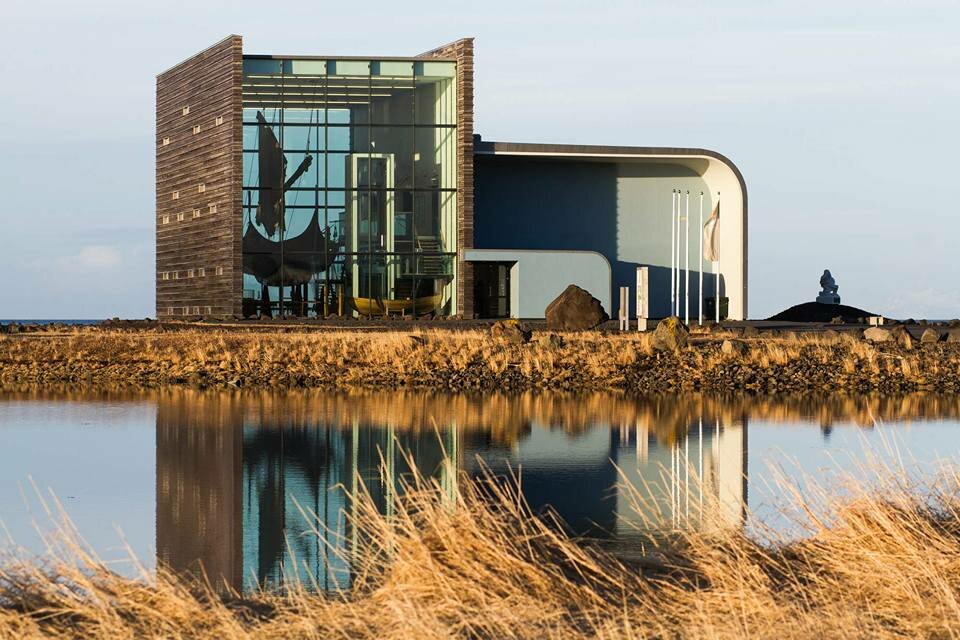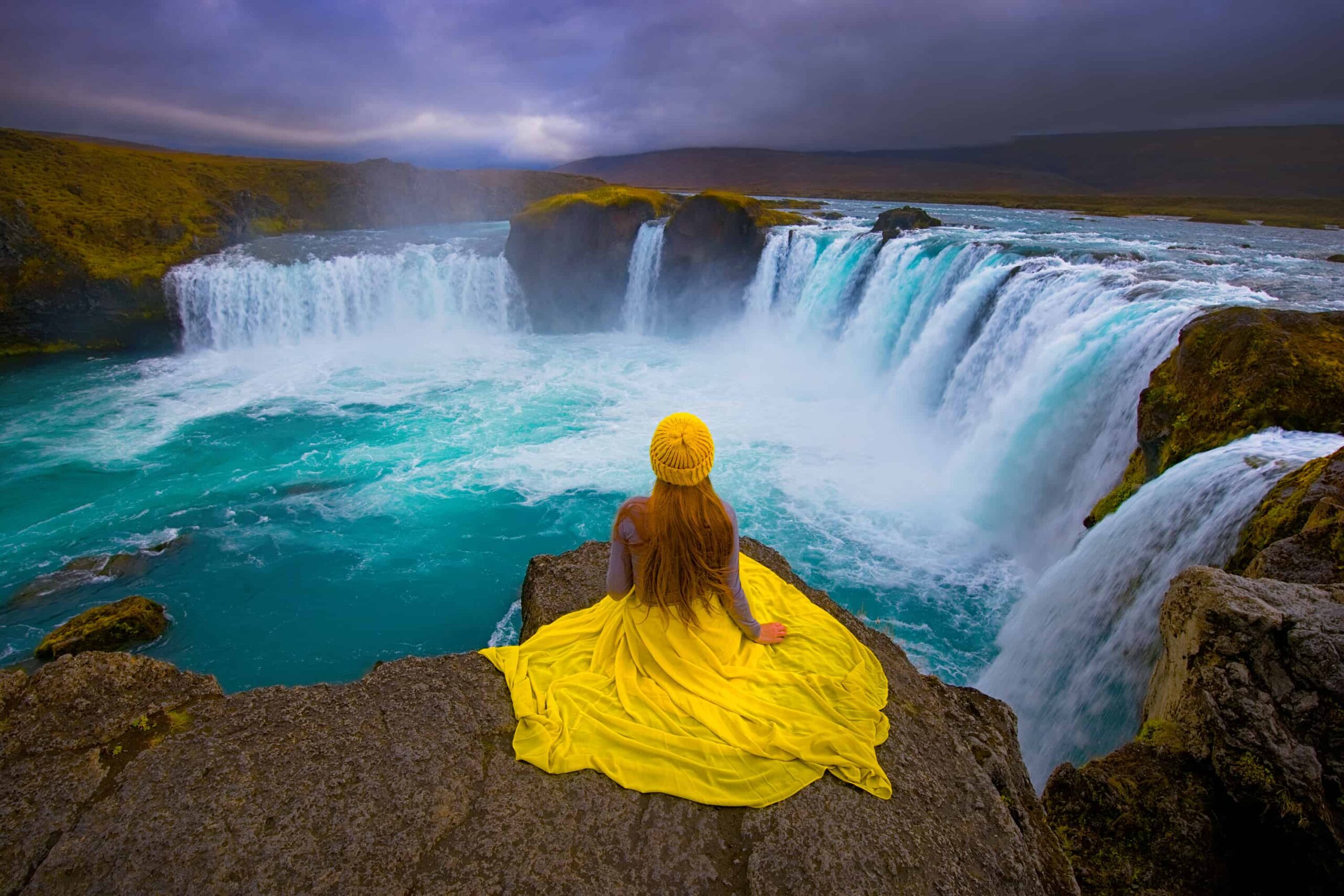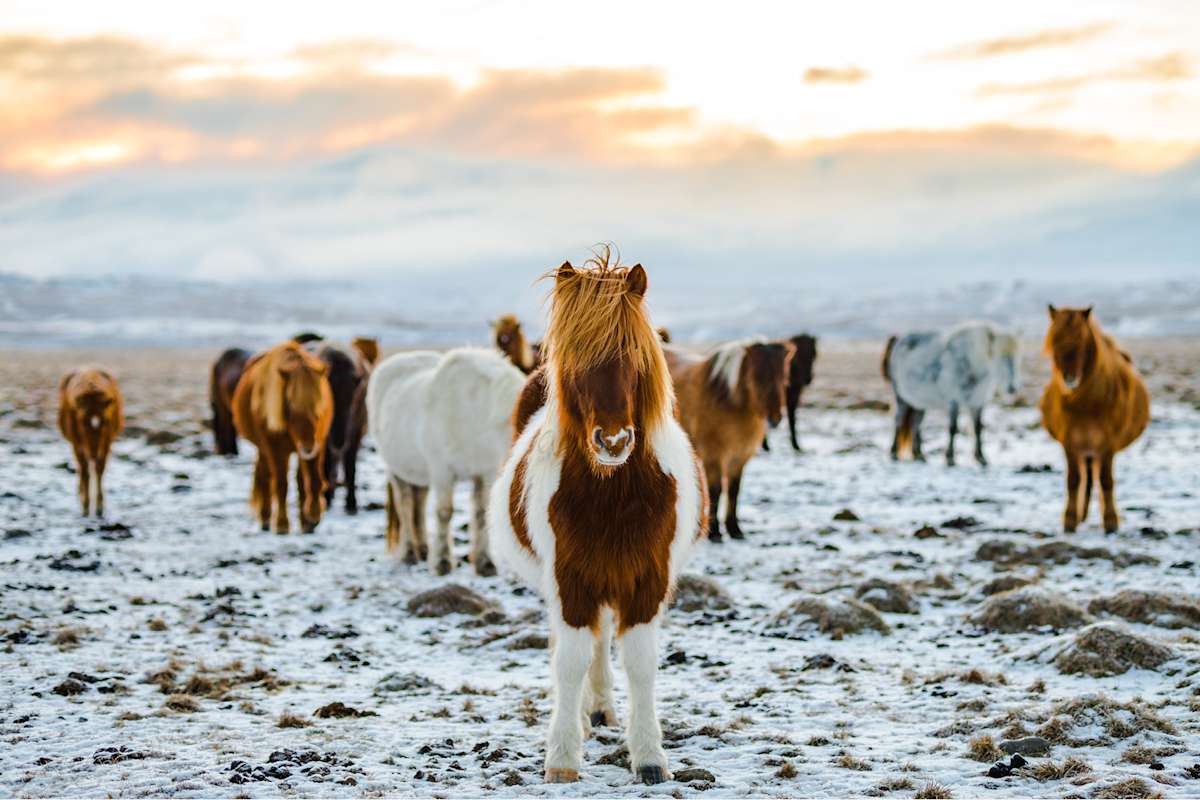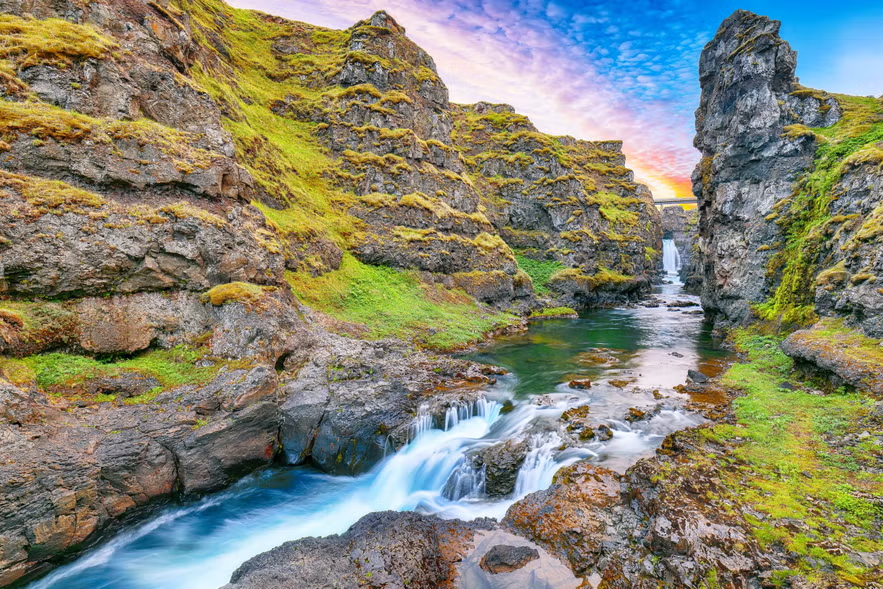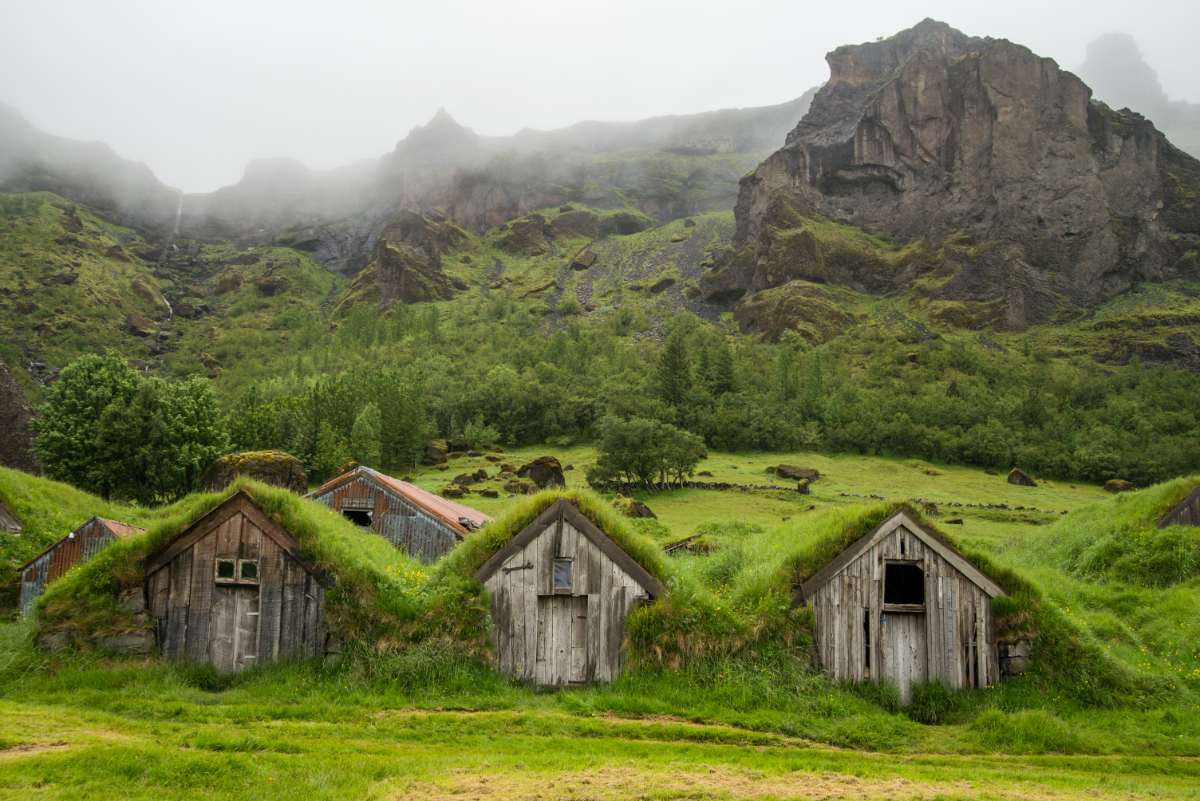Which Glacier Hike Is Right for You?
Category
Categories
Travel Guide
Type
Glacier Lagoons, Bird Sights
Destination
Vatnajokull national Park
High season
Jun - Aug & Nov - Jan
Area
18 sq km
Outflow
Atlantic Ocean
Popular articles
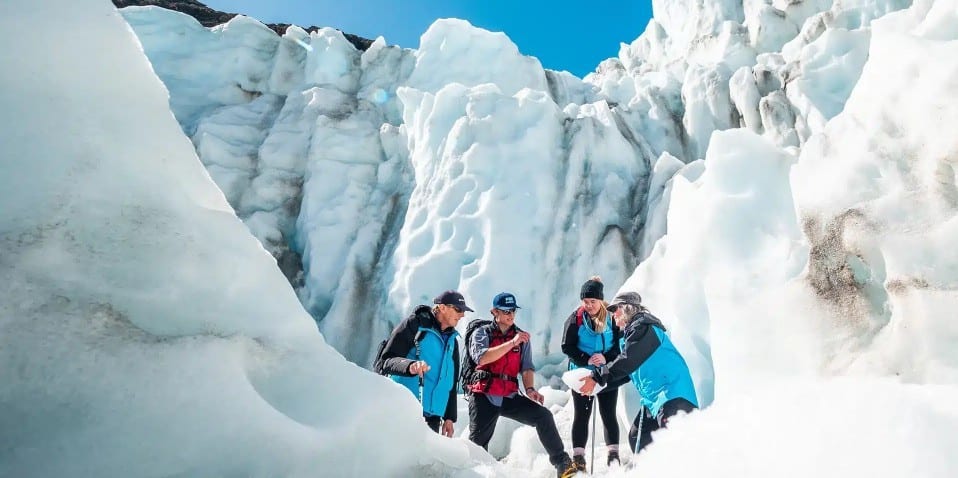
Introduction
A land shaped by explosive volcanoes and age-defying glaciers, Iceland’s awe-inspiring landscapes are teeming with a startling array of geological wonders. Among these phenomena, glaciers offer some of the most thrilling and profoundly humbling experiences. Whether viewed from distance or explored up close through mesmerizing glacier hikes, these astonishing ice giants evoke a real sense of Iceland’s wild and rugged identity. Imagine enormous ice formations stretching out towards the horizon, the snow crunching underfoot, the crisp air filling your lungs, and the spectacular views across vast, icy expanses. This article will guide you in understanding which Icelandic glacier hike is right for you and how each offers its own unique fusion of natural beauty, geological prominence and cultural significance.
1. Sólheimajökull Glacier – The Accessible Adventure
A majestic outlet glacier of Mýrdalsjökull, Sólheimajökull is renowned for its easy accessibility and striking ice formations. As you traverse crevices and caves, you could lose yourself in the wonder of the glacier’s timeless beauty.
Historical Significance: This glacier, while stunning, is a stark reminder of the impact of global warming. The glacier has been retreating rapidly over recent decades, positioning it at the heart of climate change discussions in Iceland.
How to Experience: The glacier is a mere two-hour drive from Reykjavík and hosts a variety of guided tours suitable for beginners to experienced hikers, offering a surreal experience of climbing ice walls and exploring ice tunnels.
2. Svínafellsjökull Glacier – The Cinematic Star
Having starred in films and TV series like Batman Begins and Game of Thrones, Svínafellsjökull is billed as the ‘Hollywood Glacier.’ Its imposing presence and tranquil beauty never fail to make a lasting impression.
Historical Significance: Svínafellsjökull rests in Skaftafell, a significant forestry site over centuries. The area is highlighted in the Icelandic Sagas, where early settlers began tree-felling for architecture and boat construction.
How to Experience: Given the glacier’s potentially treacherous terrain, guided tours are recommended. Ensure to carry proper hiking boots, warm clothing, and be prepared to delve into a fantastical icy world.
3. Vatnajökull Glacier – Europe’s Ice Giant
Vatnajökull is not only Iceland’s largest glacier, but it is also the most extensive in Europe. Beneath its icy surface, it encapsulates active volcanoes, infusing a vibrant sense of the ‘ice and fire’ paradox that shapes Iceland.
Historical Significance: The colossal glacier sits atop Bardarbunga, an active volcano that erupted in 2014-2015, leaving an indelible mark on the global aviation industry due to its massive ash cloud.
How to Experience: Vatnajökull National Park offers numerous glacier hiking options, including exploring the crystal blue ice caves. Visit in winter for a once-in-a-lifetime photographic opportunity.
4. Snæfellsjökull Glacier – The Spiritual Beacon
Snæfellsjökull, straddling the Snæfellsnes Peninsula, has a distinct spiritual allure. This perfectly symmetrical glacier-topped stratovolcano has inspired authors such as Jules Verne in his “Journey to the Centre of the Earth”.
Historical Significance: The glacier has long been considered a spiritual power centre and even today attracts individuals seeking spiritual awakening and healing.
How to Experience: A tour of Snæfellsjökull often combines glacier hiking with whale-watching or bird-viewing activities. Booking in the summer months is best to ensure suitable conditions for the array of activities on offer.
5. Langjökull Glacier – The Ice-Capped Marvel
Langjökull, the ‘Long Glacier,’ provides a superb vista of white wilderness. It is renowned for the impressive man-made ice tunnels leading into the heart of the glacier itself.
Historical Significance: Langjökull feeds into Iceland’s second-longest river, the Hvítá, which hosts one of the country’s most beautiful waterfalls, Gullfoss—a site deeply woven into Iceland’s fight for environmental conservation.
How to Experience: Guided tours allow visitors to explore the ice tunnels and discover the captivating blue ice at the core of the glacier. Tours often incorporate snowmobiling for an adrenaline-fueled adventure.
Conclusion
Iceland serves as a backdrop to some of the most exciting, awe-inspiring glacier hikes in the world. Whether you’re embarking on a meditative journey across Snæfellsjökull, delving into the depths of Langjökull, or bracing the vibrant expanse of Vatnajökull, Iceland’s glaciers offer an ever-changing landscape of wonder and adventure. With each glacier holding its unique historical significance and boundless beauty, the true challenge lies in choosing which glacier hike is right for you. Engaging with the raw tapestry of Iceland’s untamed beauty is a journey not just through the heart of the land, but a journey into the heart of the traveller too. This is what makes traveling in Iceland a truly transformative experience.

